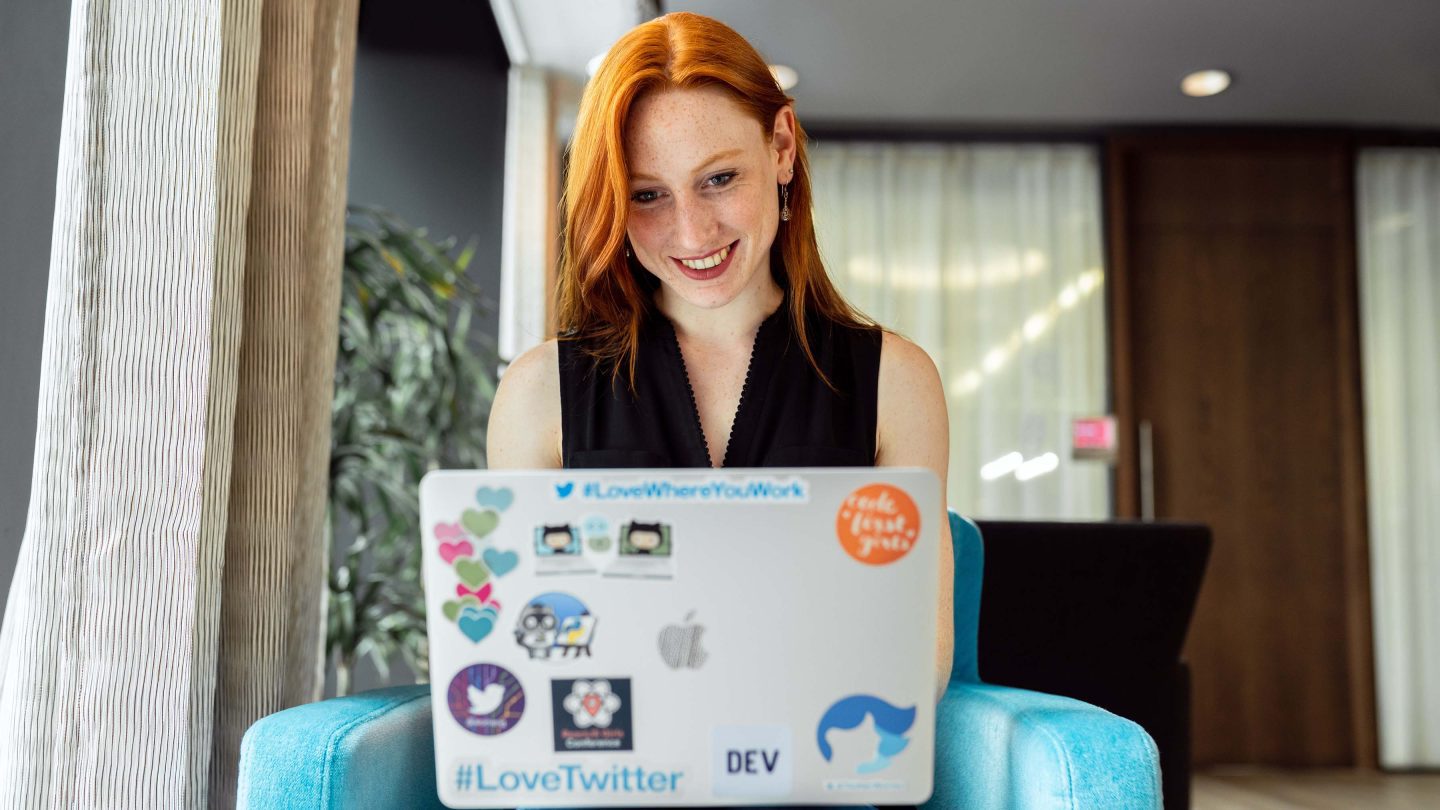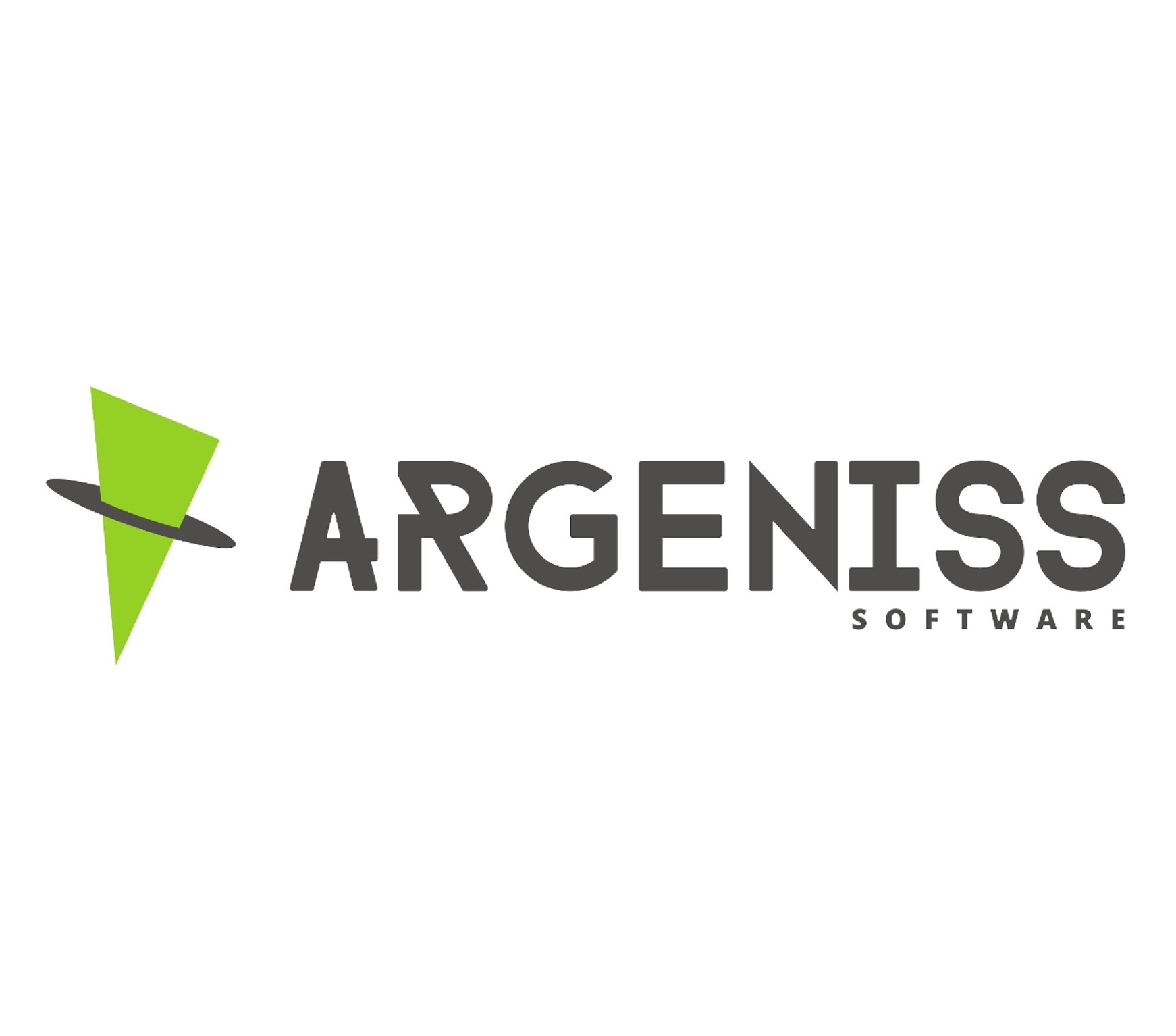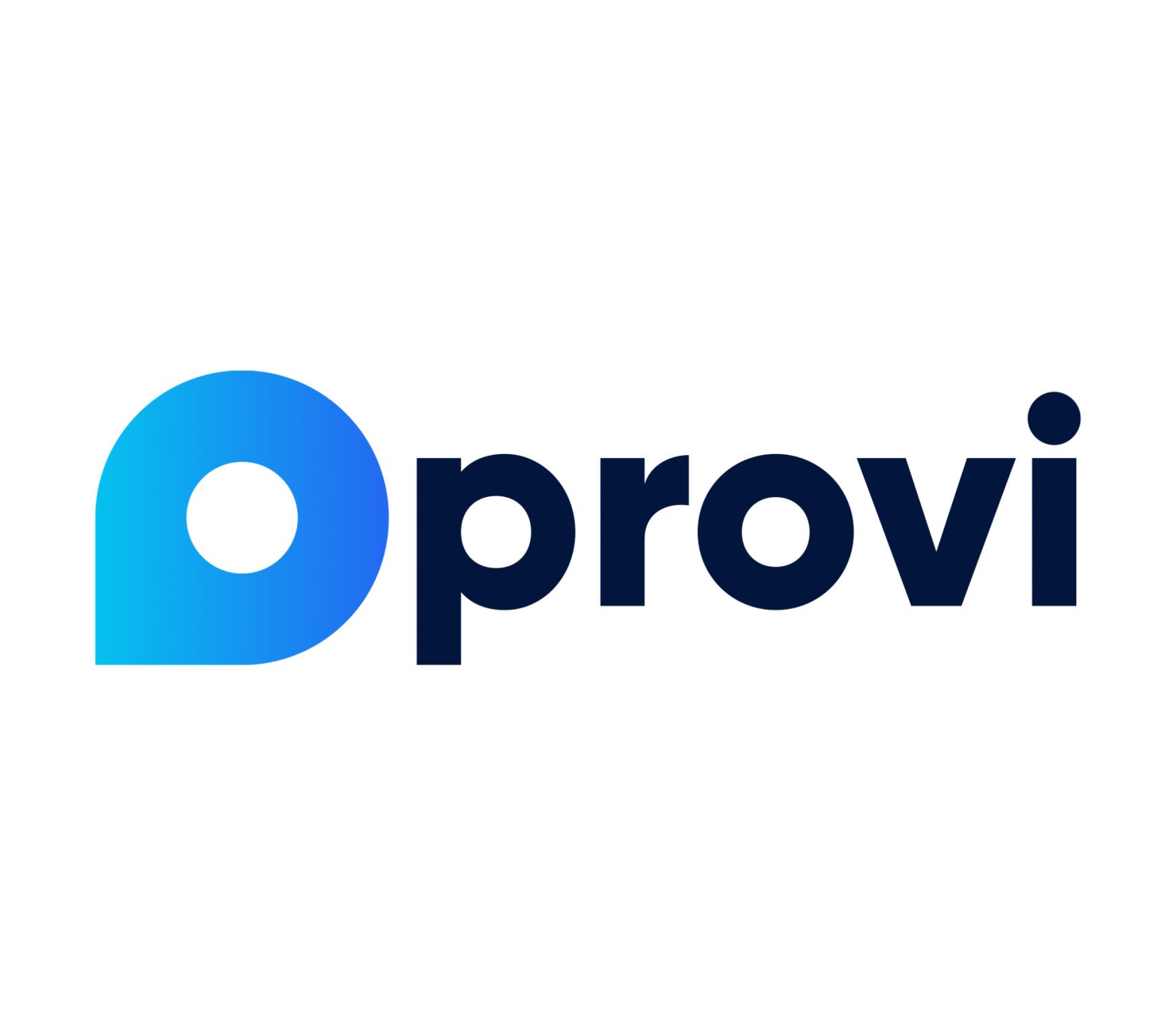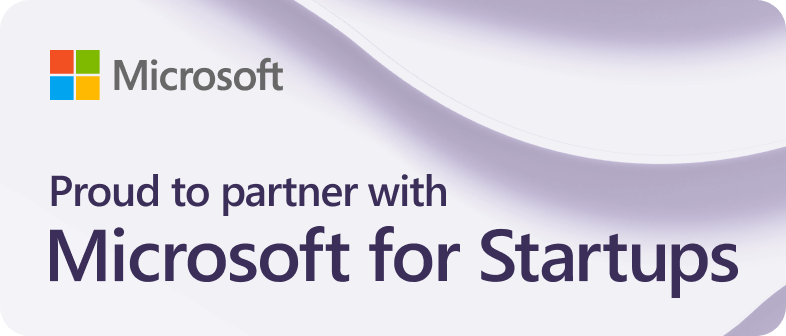beecrowder
beecrowders são desenvolvedores de software de primeira linha, avaliados e classificados em condições bastante rigorosas. Nossa plataforma de programação competitiva de última geração tem mais de 2.000 testes analíticos e de programação disponíveis em mais de 25 linguagens de programação diferentes. Desafios, concursos, torneios e competições! Quanto mais os beecrowders treinam e competem, mais eles aprimoram suas habilidades de programação, obtêm melhores classificações nos rankings e aceleram suas jornadas ao topo! Os beecrowders mais bem classificados nos rankings são disputados profissionalmente pelas mais inovadoras corporações globais
Corporações em todo o mundo usam a beecrowd para complementar suas equipes de desenvolvimento com talentos de tecnologia de alta qualidade com o objetivo de terem sucesso em suas iniciativas de transformação digital
Construa Equipes Rapidamente
Monte suas equipes de desenvolvimento com muito mais rapidez, adicionando talentos de tecnologia sob demanda ou através de recrutamento
Opere Remotamente
Execute projetos de qualquer lugar do mundo, com uma abordagem “follow the sun”
Encontre Talentos
Nossa base de usuários diversificada possui milhares de desenvolvedores, muitos deles com conhecimentos em tecnologias raras
Força de Trabalho como Serviço (WaaS)
Monte o seu centro de entregas remoto alocando vários desenvolvedores que trabalham remotamente como uma equipe
Os talentos de tecnologia que você precisa agora e sem complicações
























Complemente sua equipe tão fácil quanto 1-2-3

Fale com um de nossos representantes de vendas e especialistas em seu segmento
Nossos representantes de vendas são especialistas em serviços de TI e trabalharão com você para entender suas necessidades, desafios, requisitos técnicos e objetivos

Vamos trabalhar a quatro mãos com você para selecionar os talentos que você precisa
Com base em seus requerimentos, usaremos nossa plataforma de última geração para encontrar os melhores beecrowders que atendam suas necessidades

Está tudo funcionando? Não vamos descansar até encontrarmos a equipe certa
Aspectos comportamentais e culturais influenciam na dinâmica da equipe. Acompanharemos de perto para avaliar se ajustes na equipe devem ser feitos
Incorpore o melhor do Futuro do Trabalho em suas equipes e aumente sua produtividade

“A crise do COVID-19 revelou que há um número considerável de trabalhadores que preferem as liberdades do emprego flexível. Cerca de 11% dos trabalhadores europeus usaram plataformas digitais para contratos de trabalho de curta duração. A pandemia acelerou a transformação digital e a expansão dos modelos de negócios baseados em plataforma no mercado global”
2021 Fórum Econômico Mundial

“75% das pessoas que atuam com trabalho intelectual e que trabalham de forma remota ou mista, afirmam que suas expectativas de trabalhar com flexibilidade e de qualquer lugar aumentaram”
2021 Gartner Inc

“Pesquisas mostram que mais da metade da força de trabalho global afirma estar mais interessada em contratos de trabalho de curta duração desde o advento do COVID-19. Espera-se que a economia flexível cresça 17,4% ao ano entre 2018-2023, representando US$ 455 bilhões na economia global até o final de 2023”
2021 Mastercard e Kaiser Estudos Associados
Nossos Clientes
Depoimentos




































